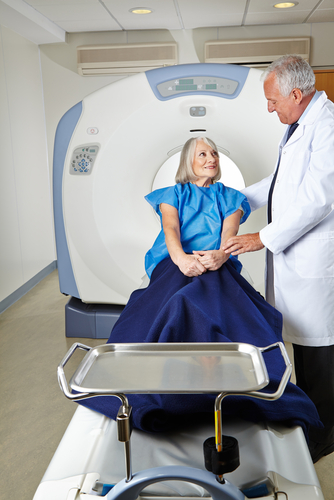Researchers from The University of Texas at El Paso (UTEP) are developing technology to predict if and when breast cancer will appear. “We’re creating a breast cancer risk analysis system,” said electrical engineer Wei Qian, Ph.D., who runs UTEP’s Medical Imaging Informatics Lab in a recent news release. “It will be able to inform doctors about the patient’s risk of developing cancer within a few years.”
The computer-aided detection technology is not yet complete, however, early studies have proved successful. In the study, recently published in the journal Computerized Medical Imaging and Graphics, the technology had an accuracy of 70% in predicting which women are at risk of developing breast cancer by their next mammogram and which women are not. According to the researchers, the system is meant to prevent some women from getting annual mammograms unnecessarily.
“For low risk populations, it would be better to increase the interval between their screenings,” said Wenqing Sun, a doctoral student in electrical engineering at UTEP. “Mammograms frequently generate false positives and can be an unnecessary mental burden.”
Typically, the risk detection process begins with women doing regular mammograms, with X-ray images run through the system, analyzing multiple features such as breast density and texture. Breast density is a risk factor for breast cancer, with studies showing that women who have dense breasts have five times more chances of getting breast cancer compared with those women who have low breast density.
The system calculates the overall density and highlights if there are suspicious zones with extreme density, and also alerts the clinicians on asymmetries between the two breasts.
“Breasts are naturally symmetrical,” Qian said. “But if there’s a loss of balance between the two, that could signify a high possibility that a change is occurring.”
In those women considered at high risk, the technology suggests a more aggressive screening, which might translate into another mammogram after six months instead of a year. In women who are considered at low risk for the next one or two years, a mammogram might only be recommended two or three years later.
The UTEP engineers believe that by dividing patients into groups of negative low-risk and positive high-risk, screenings for breast cancer could be more cost-effective and efficient, causing less worrying and saving lives.

